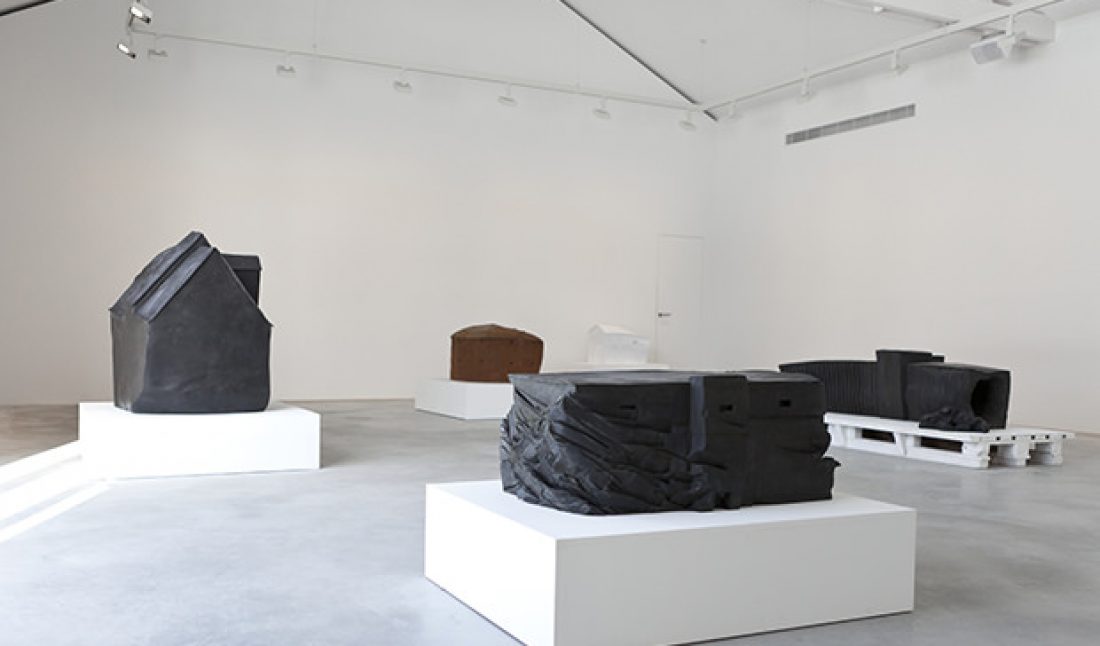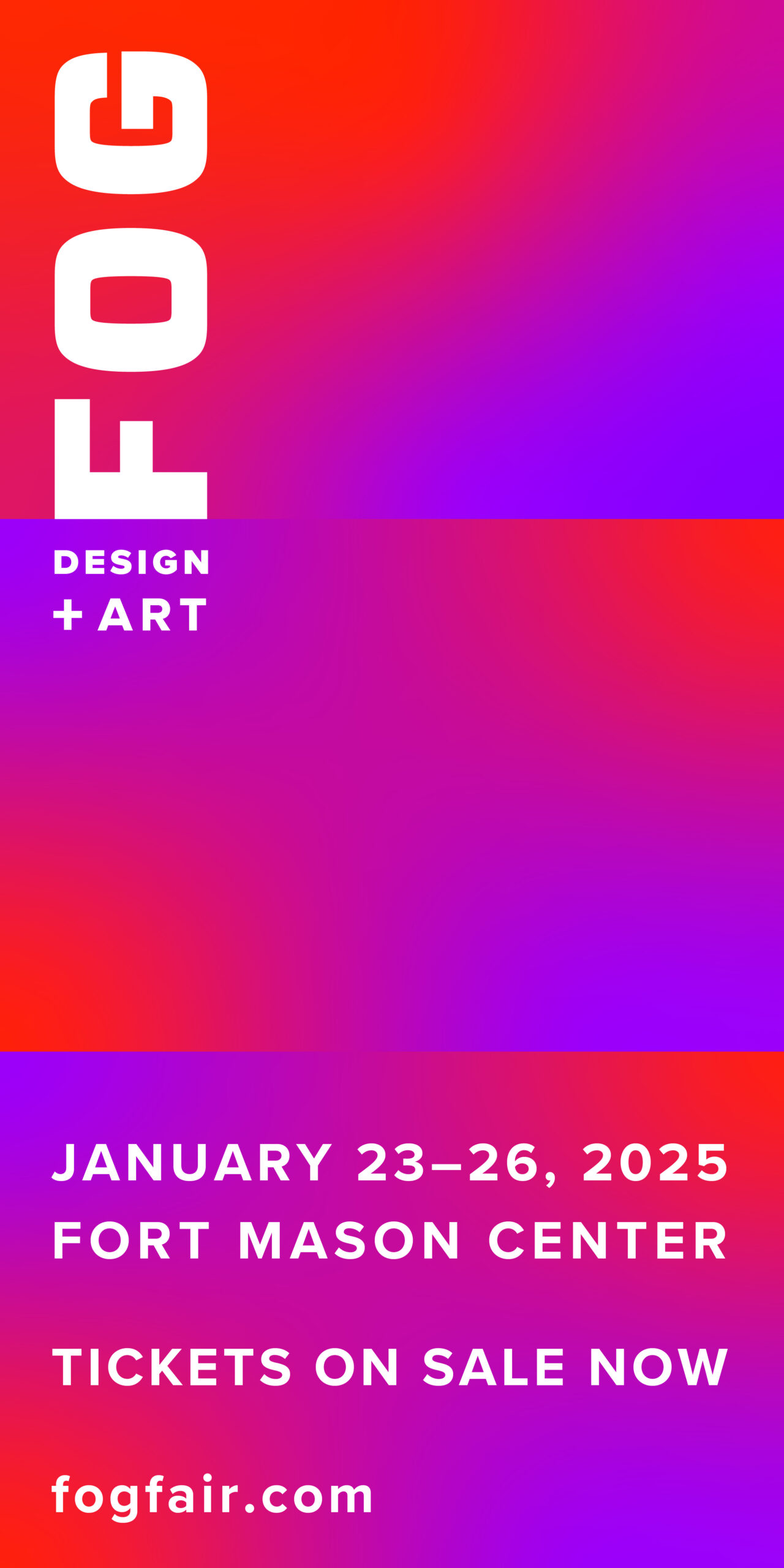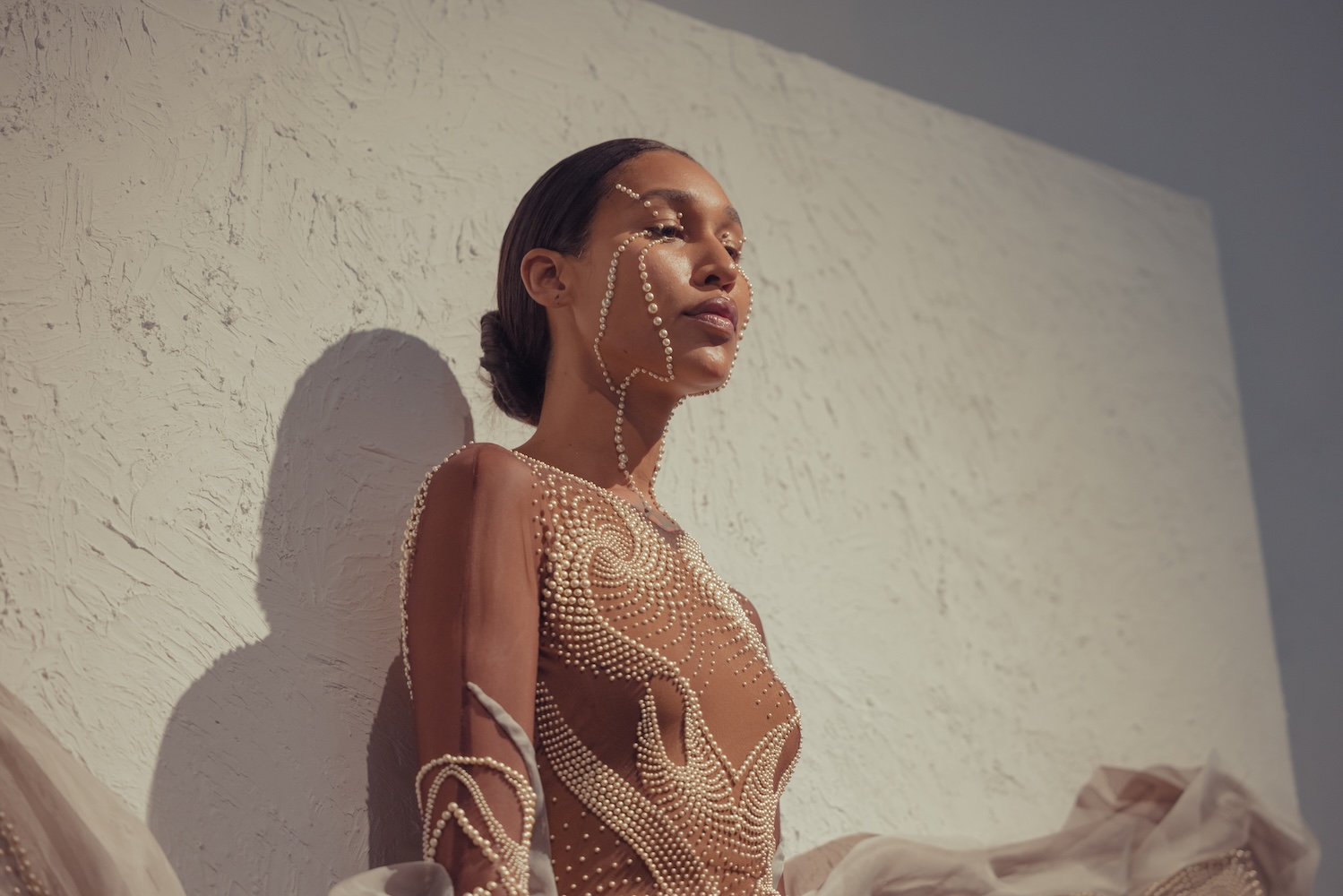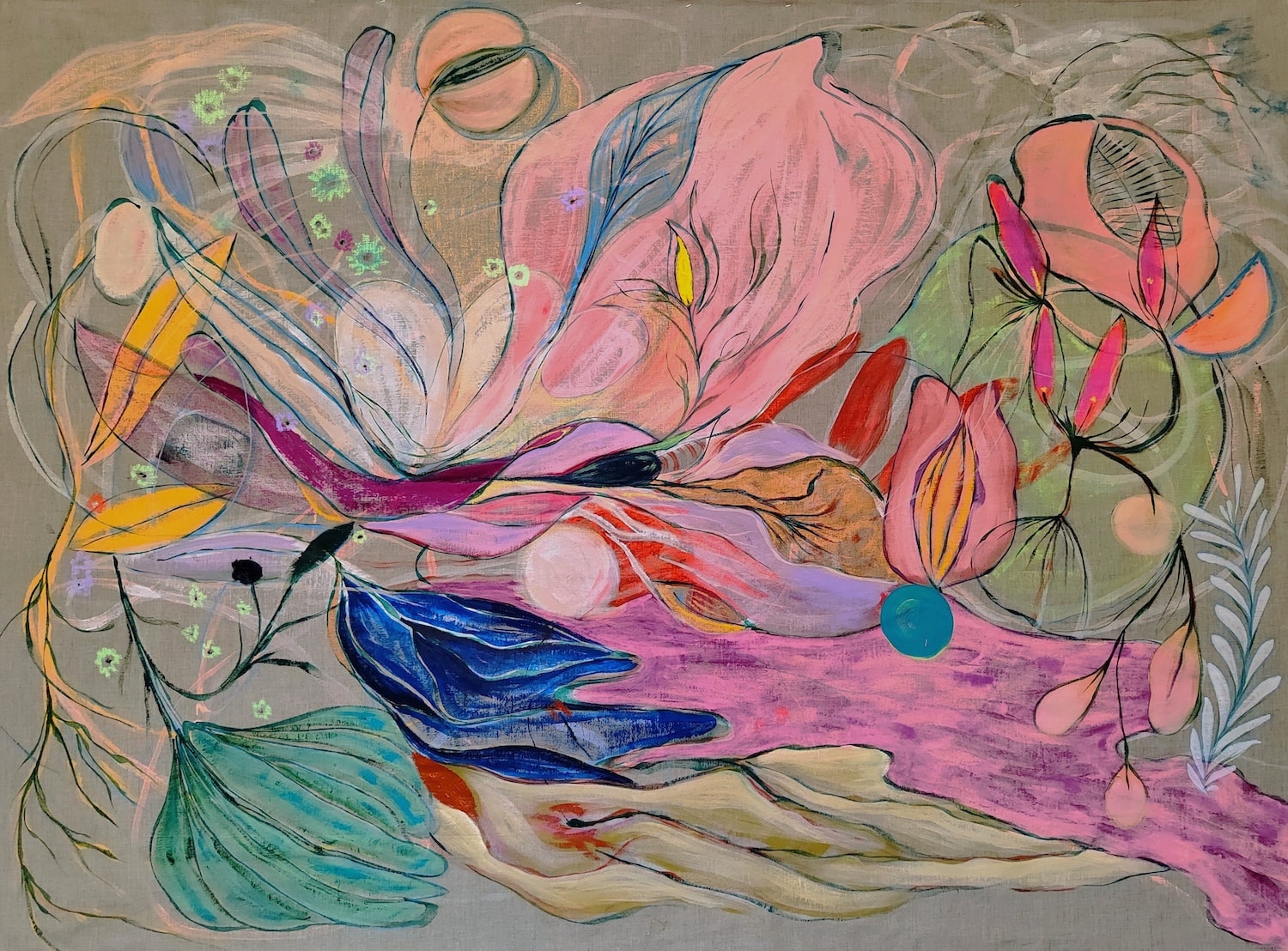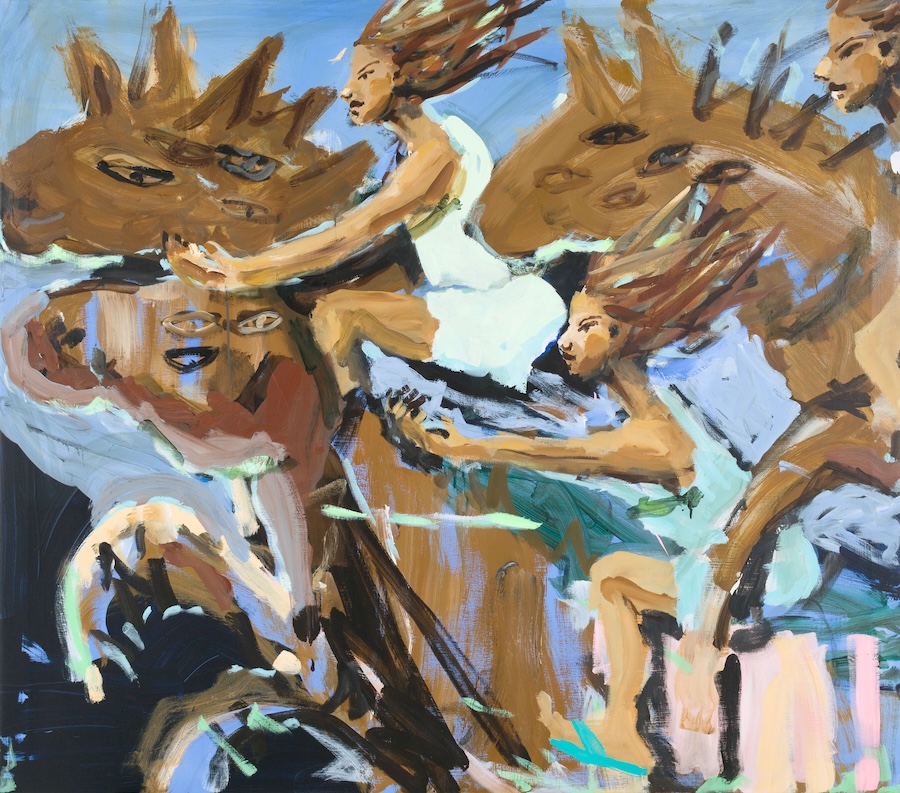Known for his overweight houses, fridges and cars and for his rerouting of everyday objects and situations to comic effect, Austrian artist Erwin Wurm has turned his attention to quite a different set of goals for his latest exhibition, “Wittgensteinian Grammar of Physical Culture” at Galerie Thaddaeus Ropac (Pantin, Paris).
It’s always heartening to come across a protean artist, one willing to set aside a winning formula for the sake of renewal. In the exhibition catalogue entitled “Samurai and Zorro,” Wurm remarks that he had intended to become separated from the production of his works as these increasingly were designed by him but produced by others.
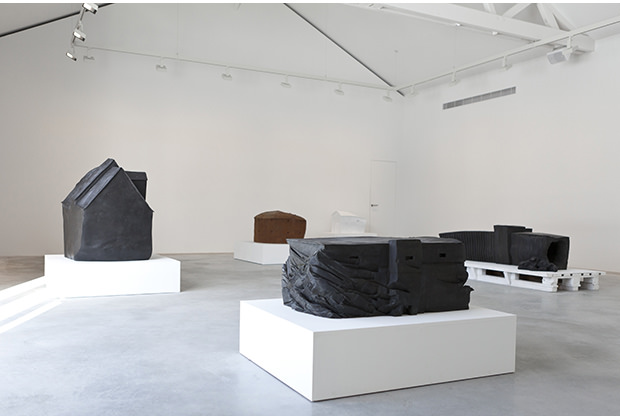
His current exhibition stands as an attempt to lay his hands back on the process of creation, even if the notion of the artist’s touch is conceived in different terms: Wurm doesn’t just model his sculptures, they are hit, fingered, lacerated, kicked, mauled, penetrated, excavated, stood on, sat on, lain on.
On one level this is Wurm’s repudiation of his market-friendly, universally pleasing sculptures such as Fat House or Butterbrot II (a work in which a house-shaped knob of butter is partially smeared over a trompe-l’oeil slice of bread, actually made of painted aluminium). You might say that the current series mixes the pleasures of two antithetical worlds: the sophisticated, delicately refined, smoothly-finished doll-house world coupled to the brutishness of primitivist art brut.
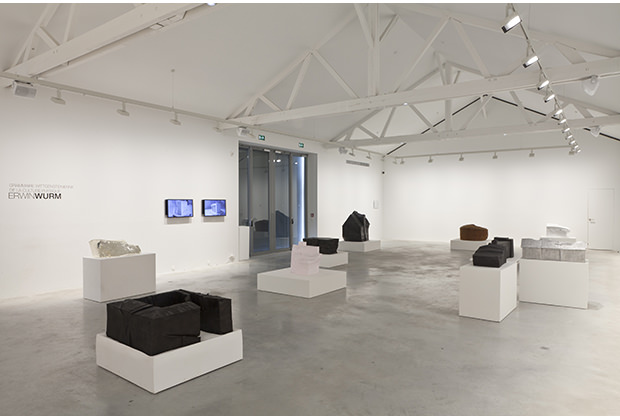
For his present series, Wurm clay-modeled a number of houses, prisons, warehouses, and tall buildings which he then proceeded to damage or mutilate using his body or weapon-like tools. The works all imply violence of some kind, the kind of violence that comes from boredom with the world, or self-destructive impulses, or simply the urge to destroy the beautiful. Creativity and destructiveness are closely related drives and the pleasure found in piercing, penetrating, and cutting is evident in all the works on display.
A number of these works are models of actual prisons like San Quentin, Stammheim, or Alcatraz. The secondary damaging process involved in making these sculptures also suggests a willingness to be released from all forms of mental and physical incarceration.
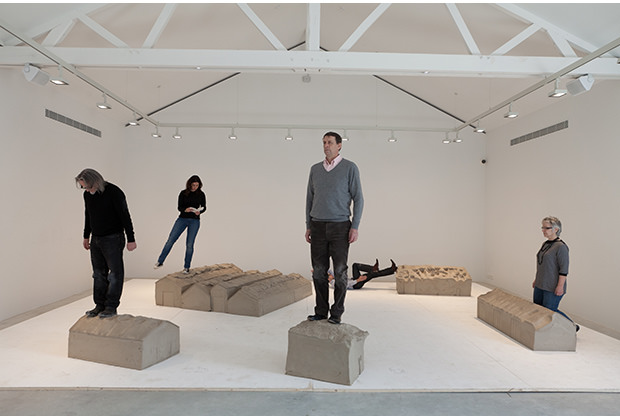
Wurm also manages to evoke interpersonal relationships without showing human figures, like in Liegen auf Elternhaus, which means “Lying on My Parents’ house.” Liegen auf Haus Ex makes a similar point about his former wife’s domicile: a harmless and humorous form of sublimated revenge.
The exhibition catalogue links Wurm’s current show to the Viennese Actionists of the 1960s and to Abstract Expressionism and its European counterpart Informel. Critic Abraham Orden points out that prior to the exhibited pieces, Wurm experimented with various lacerations on unmodeled blocks of clay. The subsequent architectural creations seem like a betrayal of the avant-guard to Orden, but you might contend that these sagging model buildings enjoy the best of both experimental and consensual art. They’re also more original and interesting than mere cut marks on a block. Wurm’s exhibition pieces are memorable precisely because they reference the most fundamental images implanted in the human mind: enclosures made of primeval clay.
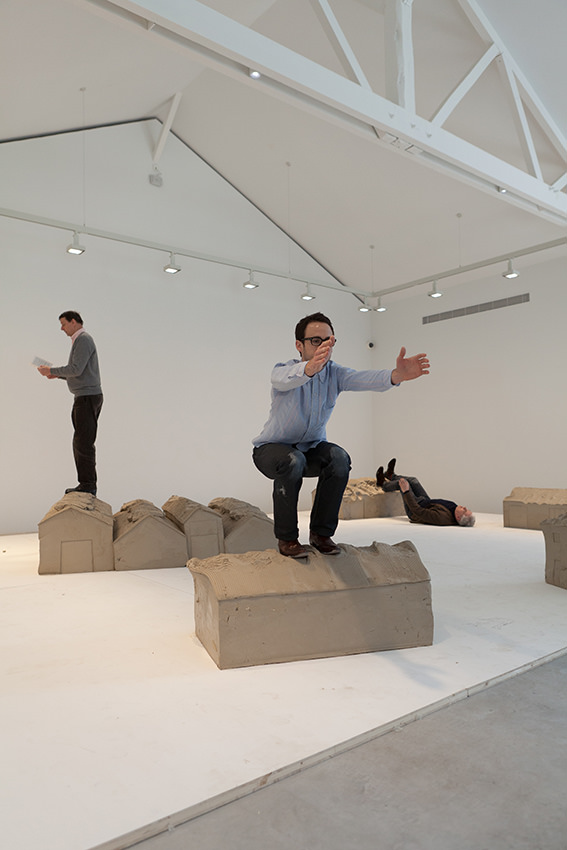
Walking around the exhibition gives you the thrilling and slightly eerie feeling that you are a giant walking through a postapocalyptic landscape. When I interviewed Erwin Wurm for Whitewall, mentioning this impression, he had this to say, “Yes that’s correct. Postapocalyptic. Also the ritualization of violence! Like in Samurai & Zorro! These houses I destroyed with an iron rod. Destruction and deformation are the beginning of something else. Body gestures which are related to humility that is connected in a way to religion which becomes strangely enough more and more important in our so-called enlightened society. Also aggression is a habit and a praxis of our time. The anonymity of several houses of barns, prisons, madhouses and warehouses, the brachial architecture of prisons relate to the family houses. Every family house can also be in a way a warehouse, a madhouse, a prison…”






